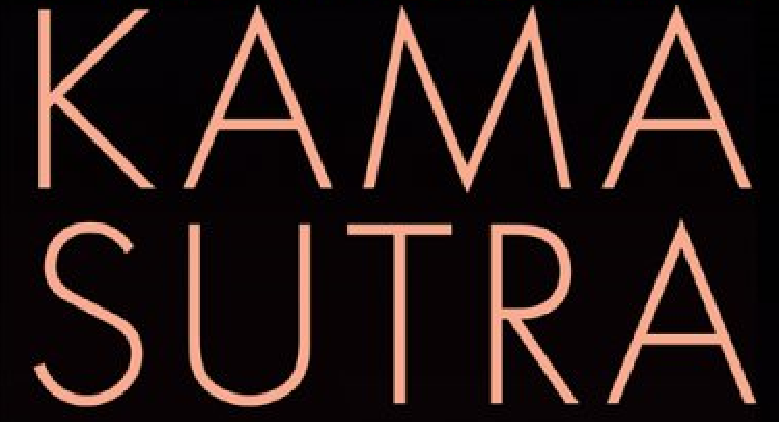
Tales of Two Kama Sutra
Wendy Doniger is a fascinating scholar. She writes with a purpose. The classic ‘the Hindus’ is banned in India by the Hindu fundamentalists. Instead of arguing against her cogent and thorough analysis and reading of “Hindu” scriptures, the Hindu fundamentalists pelted eggs on her in the USA.
Her quest is not just academic, but she writes with a strong sense of justice and with a purpose to undo the historically wrong stereotyping. That is why she calls her magnum opus, The Hindus, an alternate history written from the point of view of the marginalized Dalits and exploited women in the Hindu social order. Her writing is a great challenge to the Hindu Brahmins because her analysis of Hindu scriptures is based on the direct reading of Sanskrit language. Her philosophical training enables her to see the scriptures from the various points of views.
She wrote an important book: The Mare’s Trap. It is her analysis of Kamasutra. It was an important text in the ancient India. The four goals according to Hindu Brahminical texts are kama, artha, dharma and moksha. The texts written on them are Dharmashastra, Arthashastra, and Kamasutra corresponding with religion, money/power, and desire/passion/sex respectively.
The most famous among the Dharmashastra is Manu Smriti, which is nothing but the text that supports the caste system and details out punishments according to the caste positions. It is the code of caste. Arthashastra is written by Kautilya, which is a mean political text on how the king should rule by hook or by crook. Kamasutra is written by Vatsyayana, and it is about desires/sex.
According to Doniger, the three texts are compiled with cross references to each other and therefore there is inter-texuality between them and they impinge upon each other. The Kamasutra is modeled on Arthashastra. She discusses important issues like politics of sexes and sex in politics.
She concludes with a strong critique of Hindutva and exposes the contradiction in the caste Hindu society through her analysis of the Kama Sutra.
The Mare’s Trap is an important book by the engaged philosopher and scholar. A must read for people who are fighting the Hindu fundamentalism that is now being unleashed on India’s citizen.
Now, contrast the Brahminical Kama Sutra with the Buddhist Kama Sutta found in the Sutta Nipata, in Khuddaka Nikaya in the Pali Tipitaka. The below is a translation by Thanissaro Bhikkhu. It is one of the oldest texts in Buddhism written in archaic and old Pali language. The linguists can analyze both the texts to ascertain antiquity of the two extant texts. Irrespective of their historicity, they offer two different views and almost contradict each other. Here we go:
Kama Sutta – Sensual Pleasure as translated from the Pali by Thanissaro Bhikkhu
If one, longing for sensual pleasure,
achieves it, yes,
he’s enraptured at heart.
The mortal gets what he wants.
But if for that person
— longing, desiring —
the pleasures diminish,
he’s shattered,
as if shot with an arrow.
Whoever avoids sensual desires
— as he would, with his foot,
the head of a snake —
goes beyond, mindful,
this attachment in the world.
A man who is greedy
for fields, land, gold,
cattle, horses,
servants, employees,
women, relatives,
many sensual pleasures,
is overpowered with weakness
and trampled by trouble,
for pain invades him
as water, a cracked boat.
So one, always mindful,
should avoid sensual desires.
Letting them go,
he’d cross over the flood
like one who, having bailed out the boat,
has reached the far shore.
Author – Mangesh Dahiwale, Human Rights Activist



Very good content